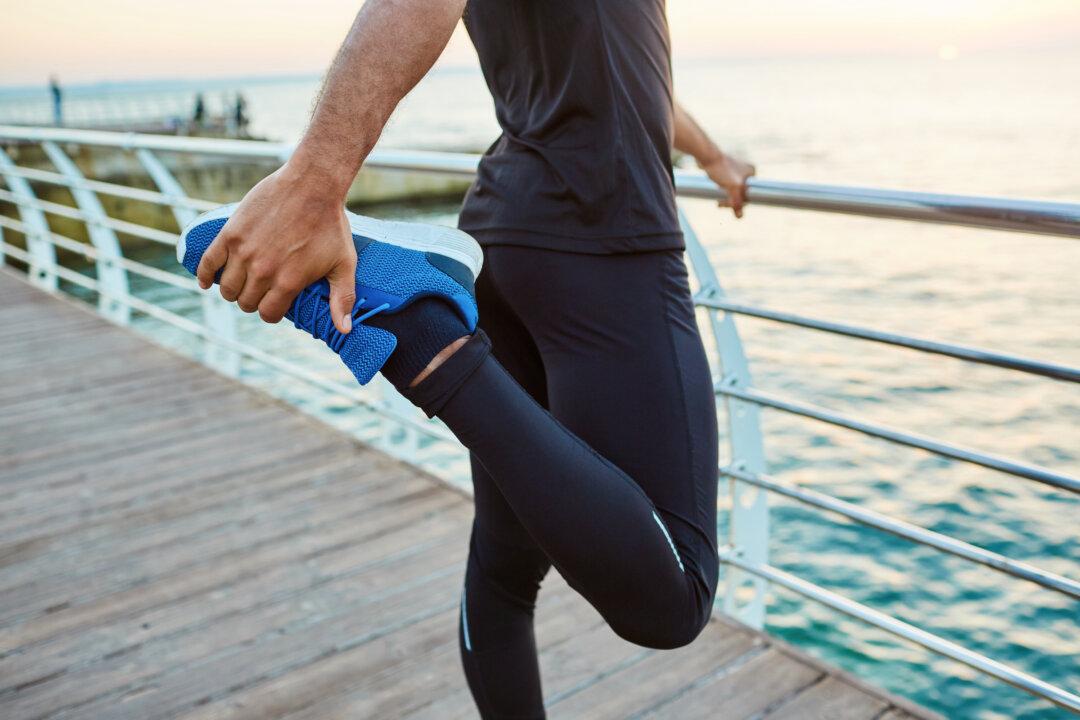Many people rely on running and other sports to lose weight. However, exercise is not necessarily a panacea for weight loss, and it may even make people fat.
In 2015, the Journal of Strength and Conditioning Research published a study, in which 81 obese women did aerobic exercise for 12 weeks, while keeping their original diet during the process. The study discovered a strange phenomenon: at the end of the 12 weeks, 70 percent of the participants had an increase in body fat.





